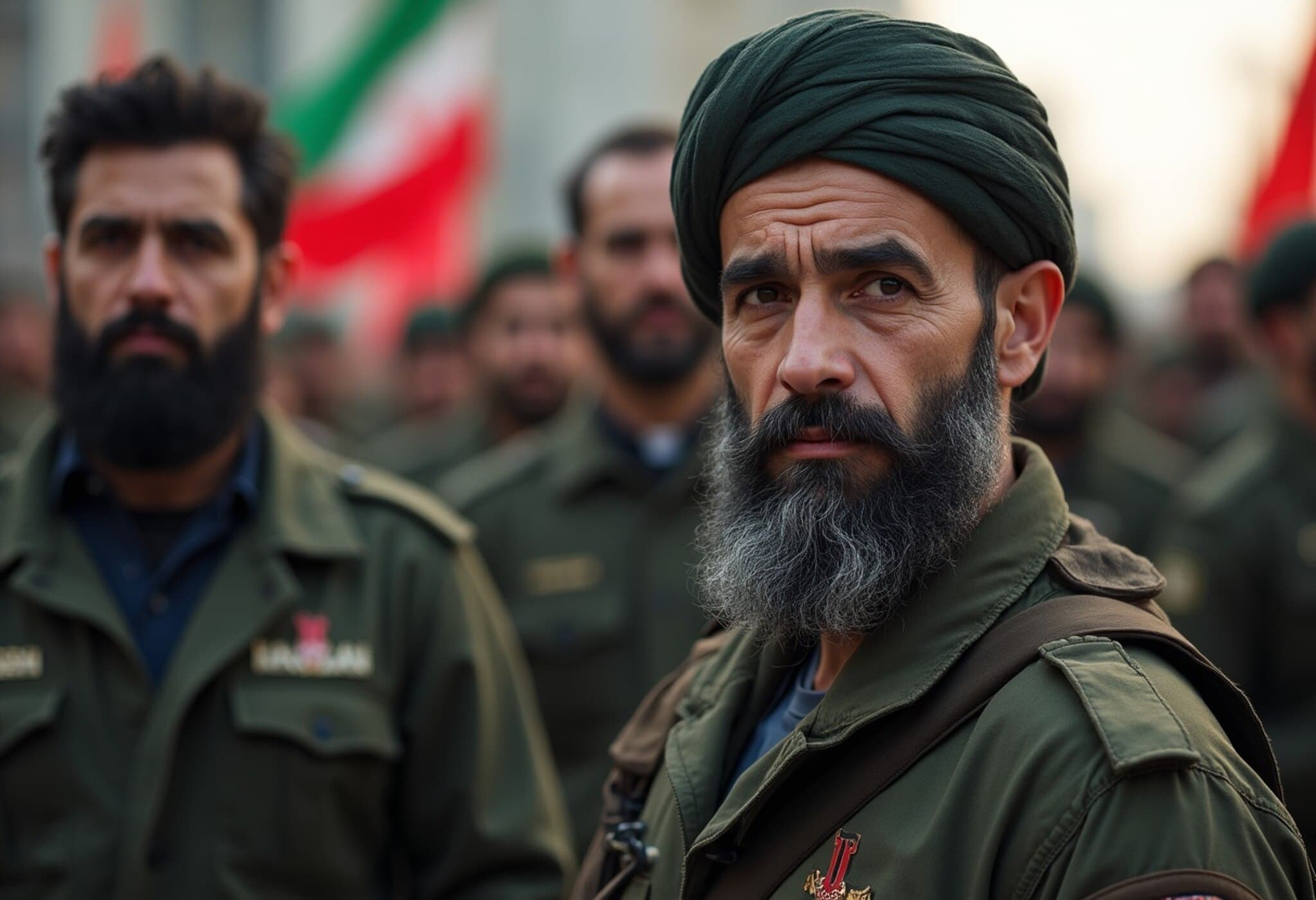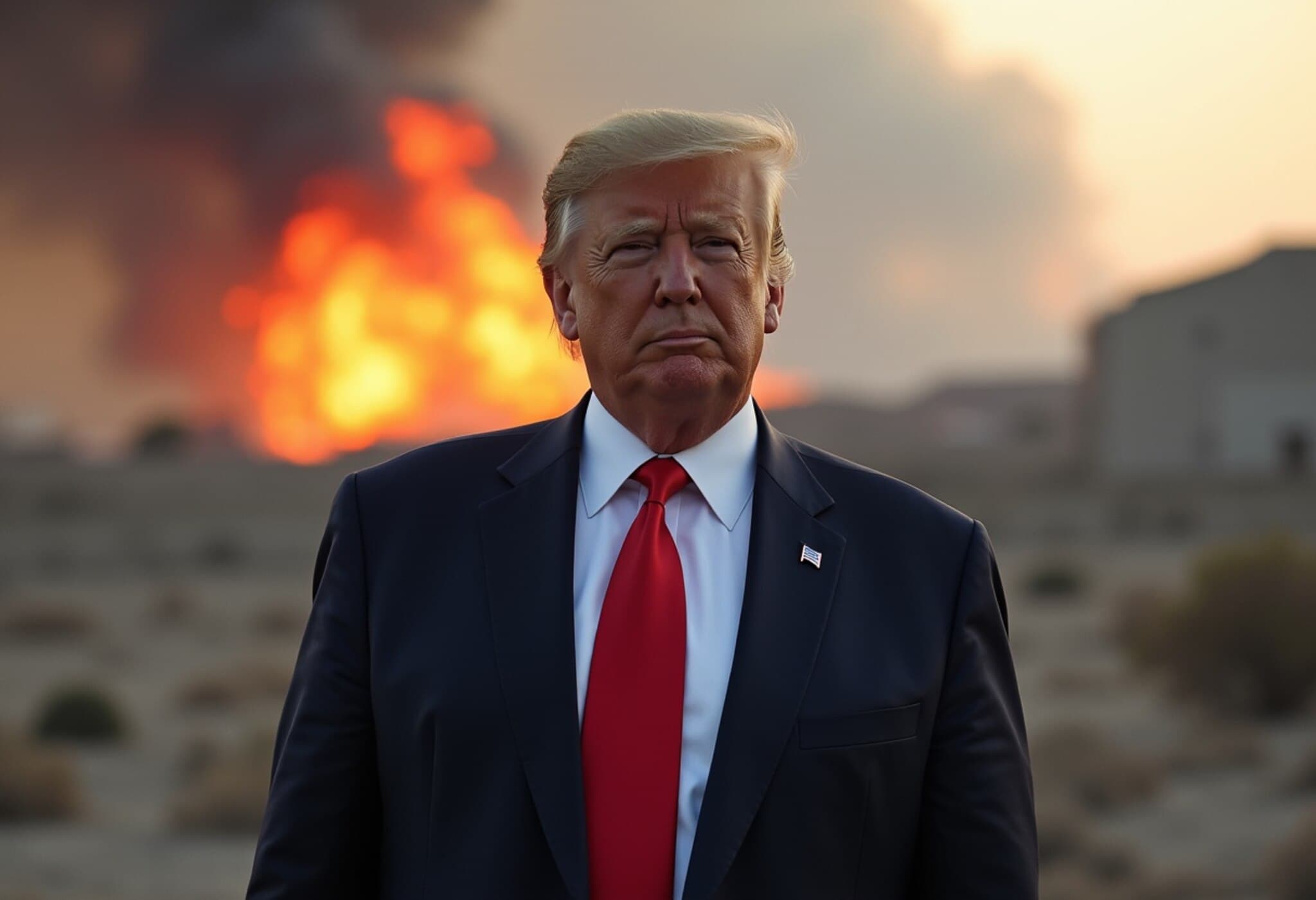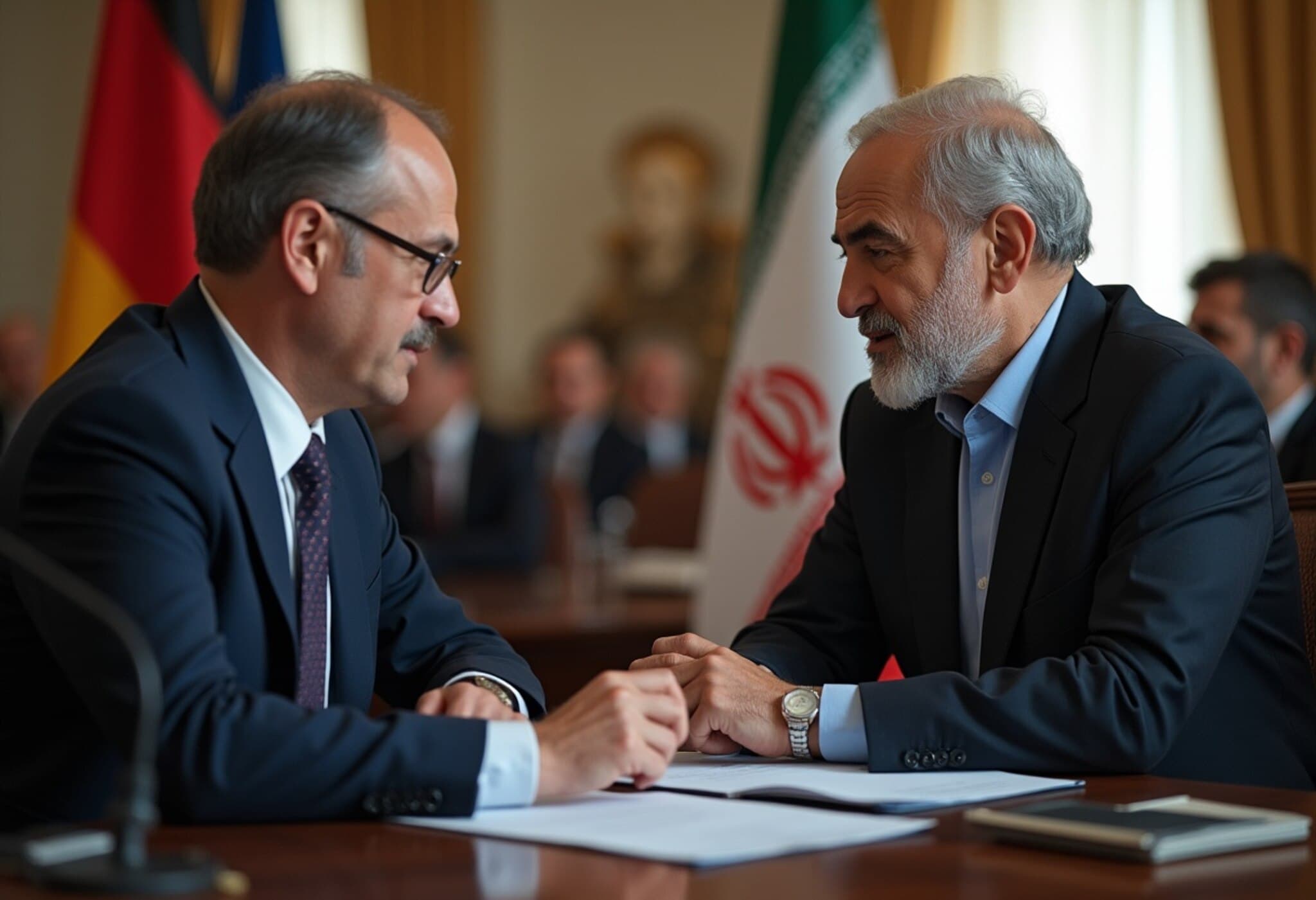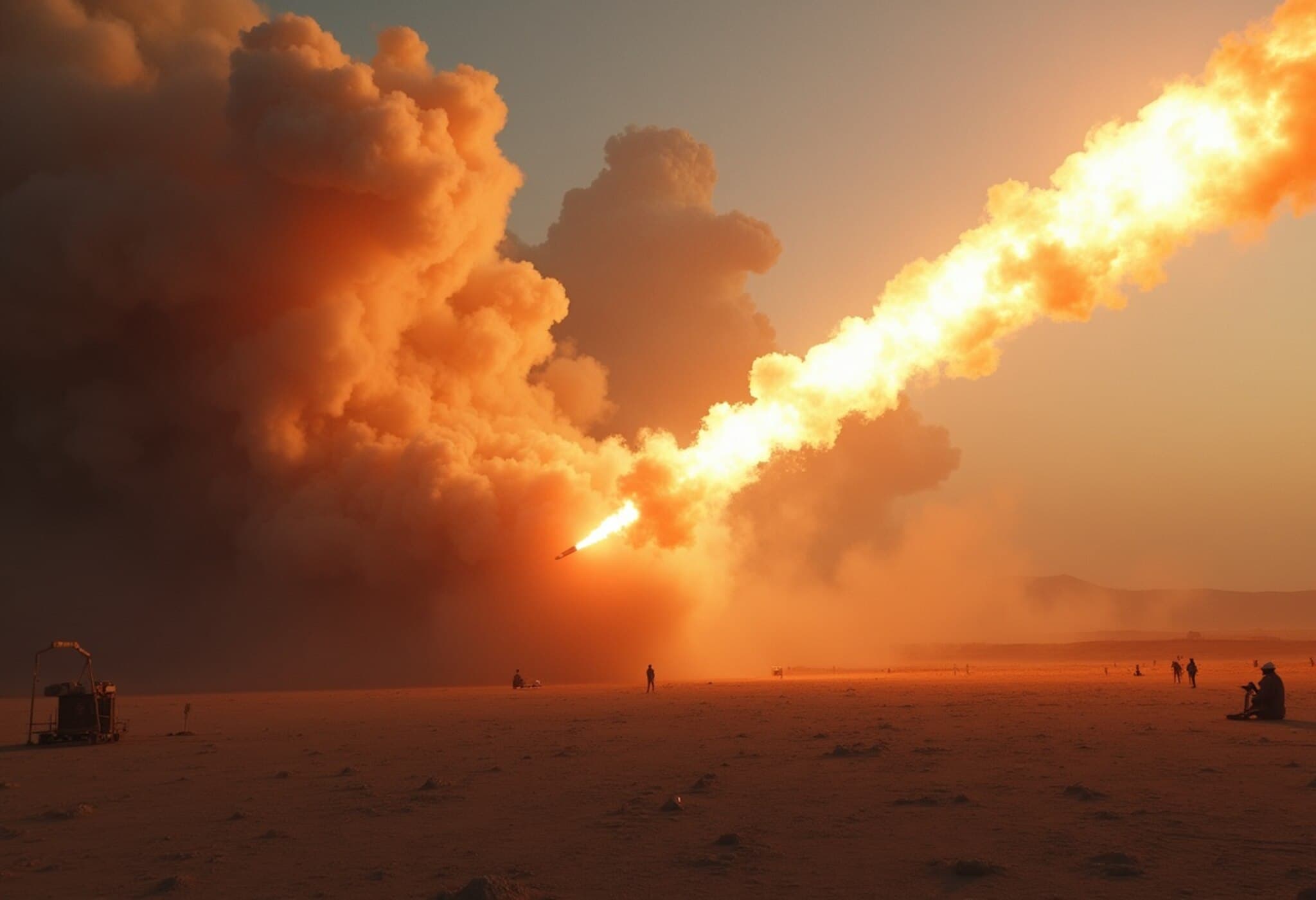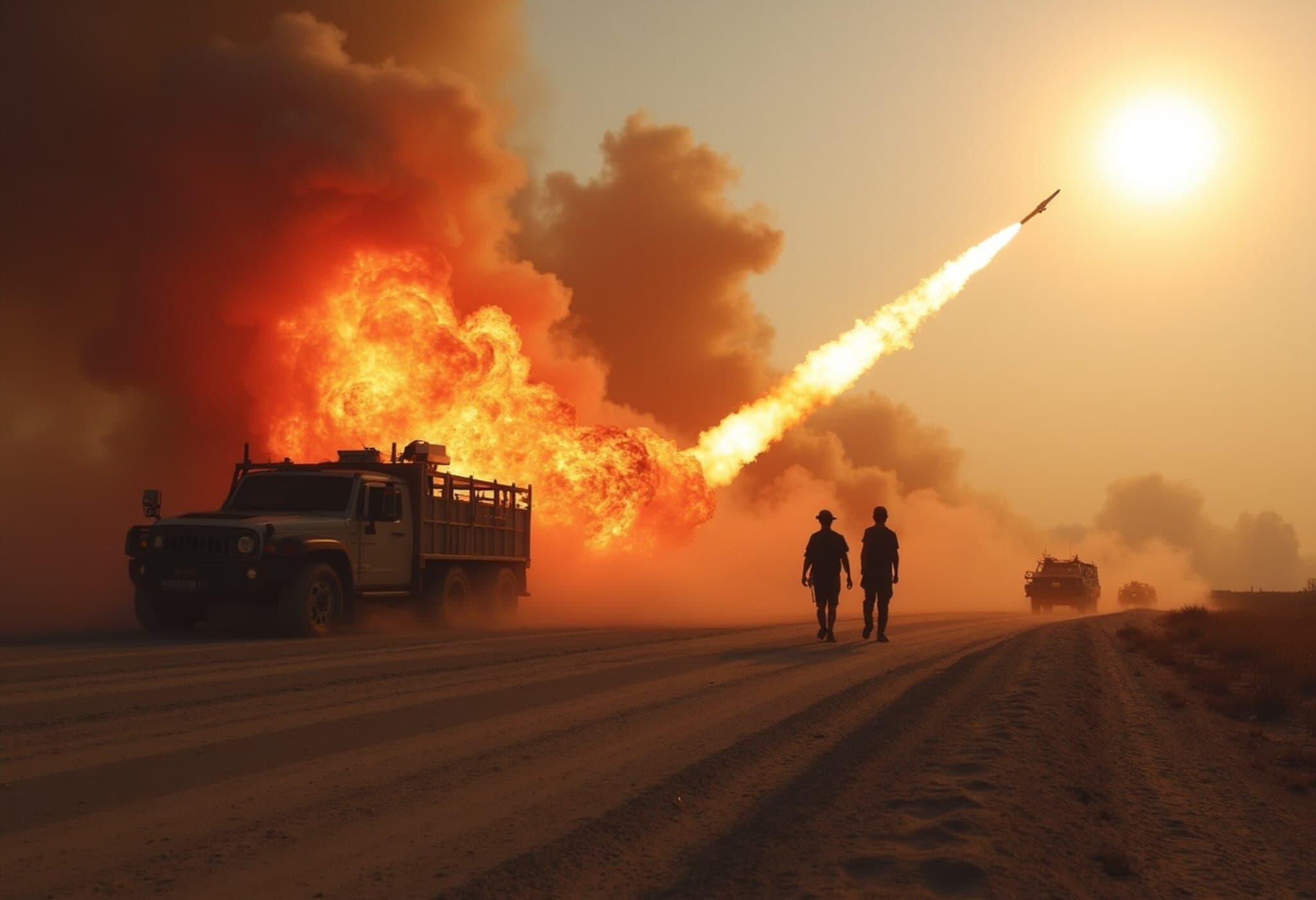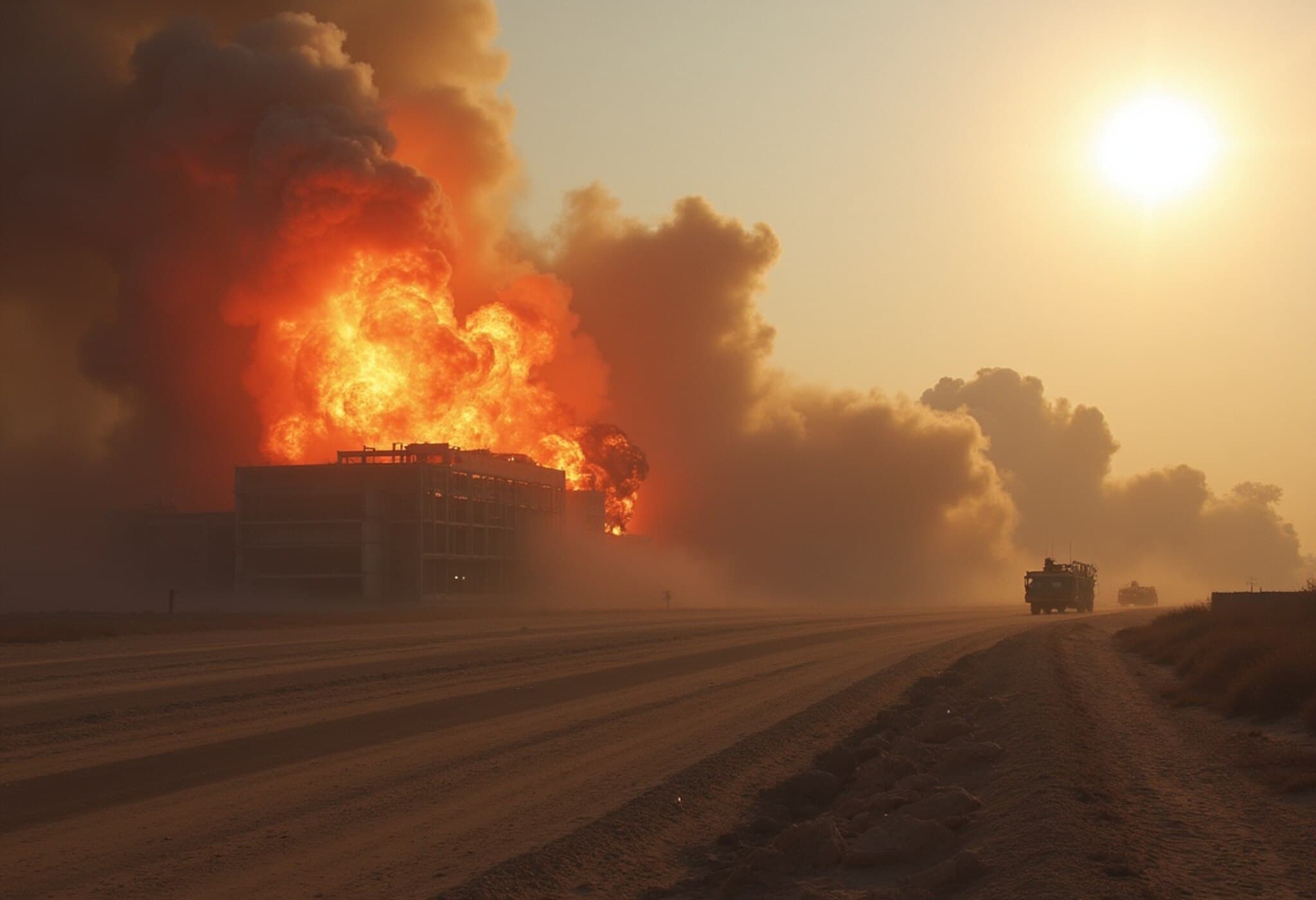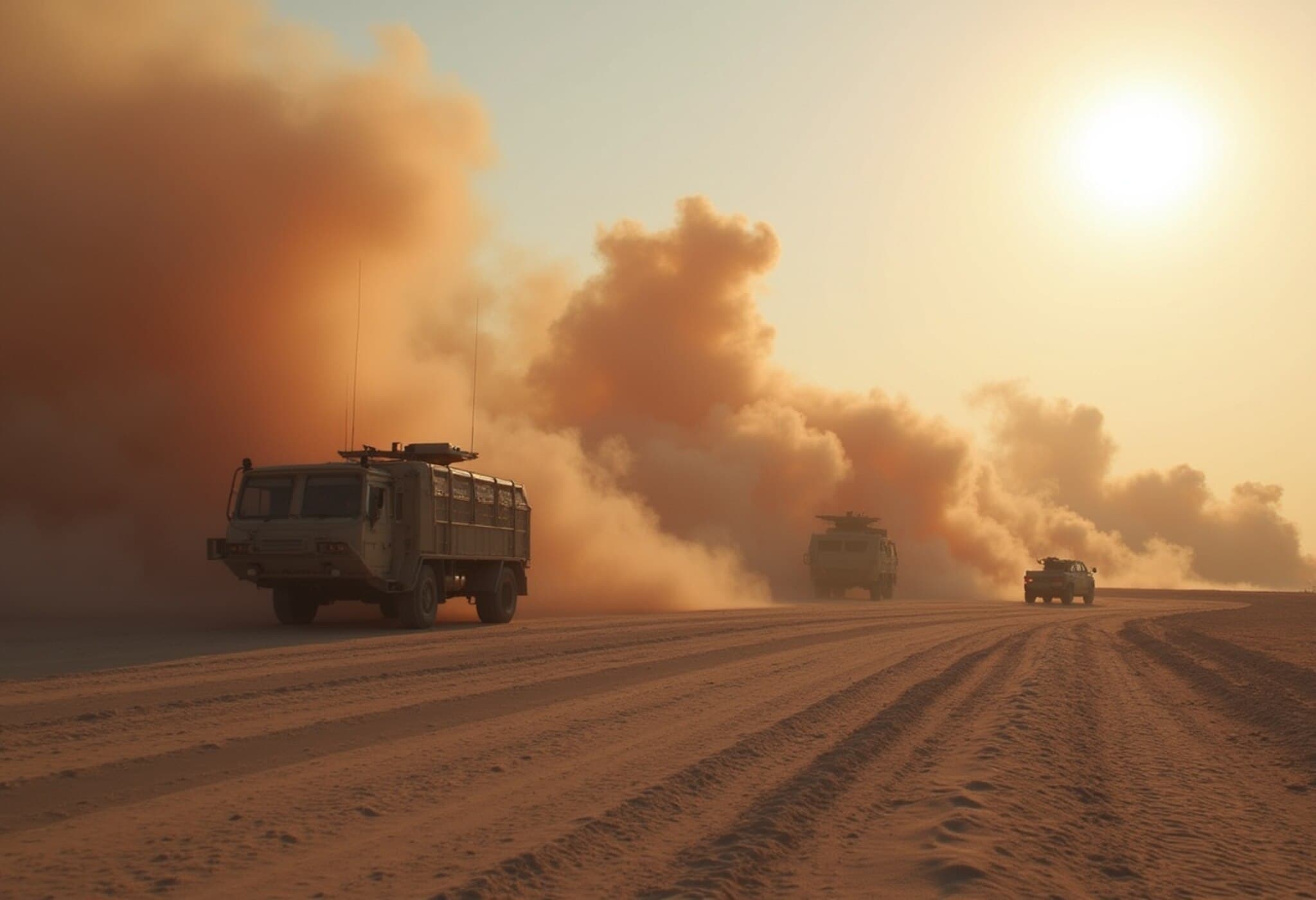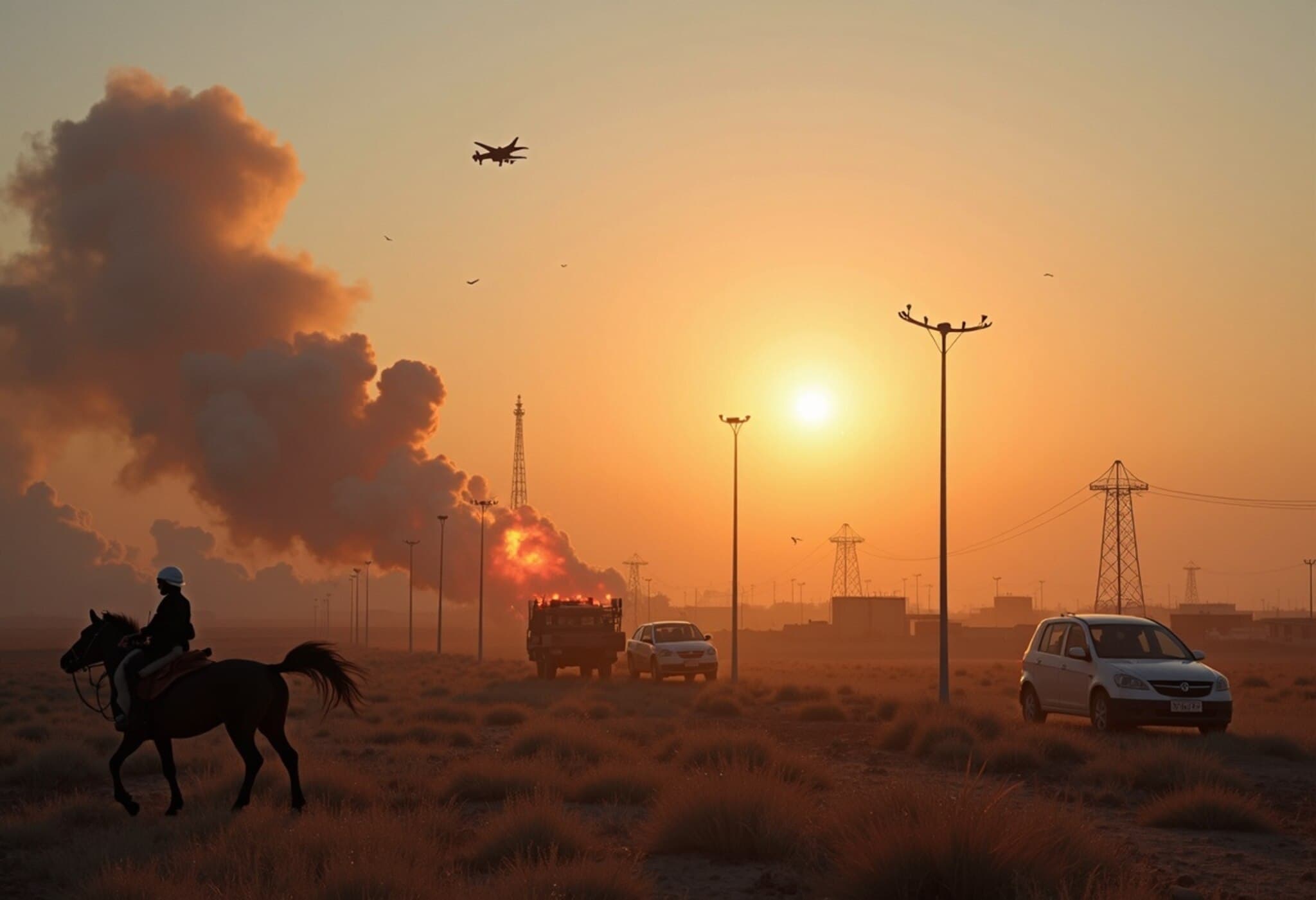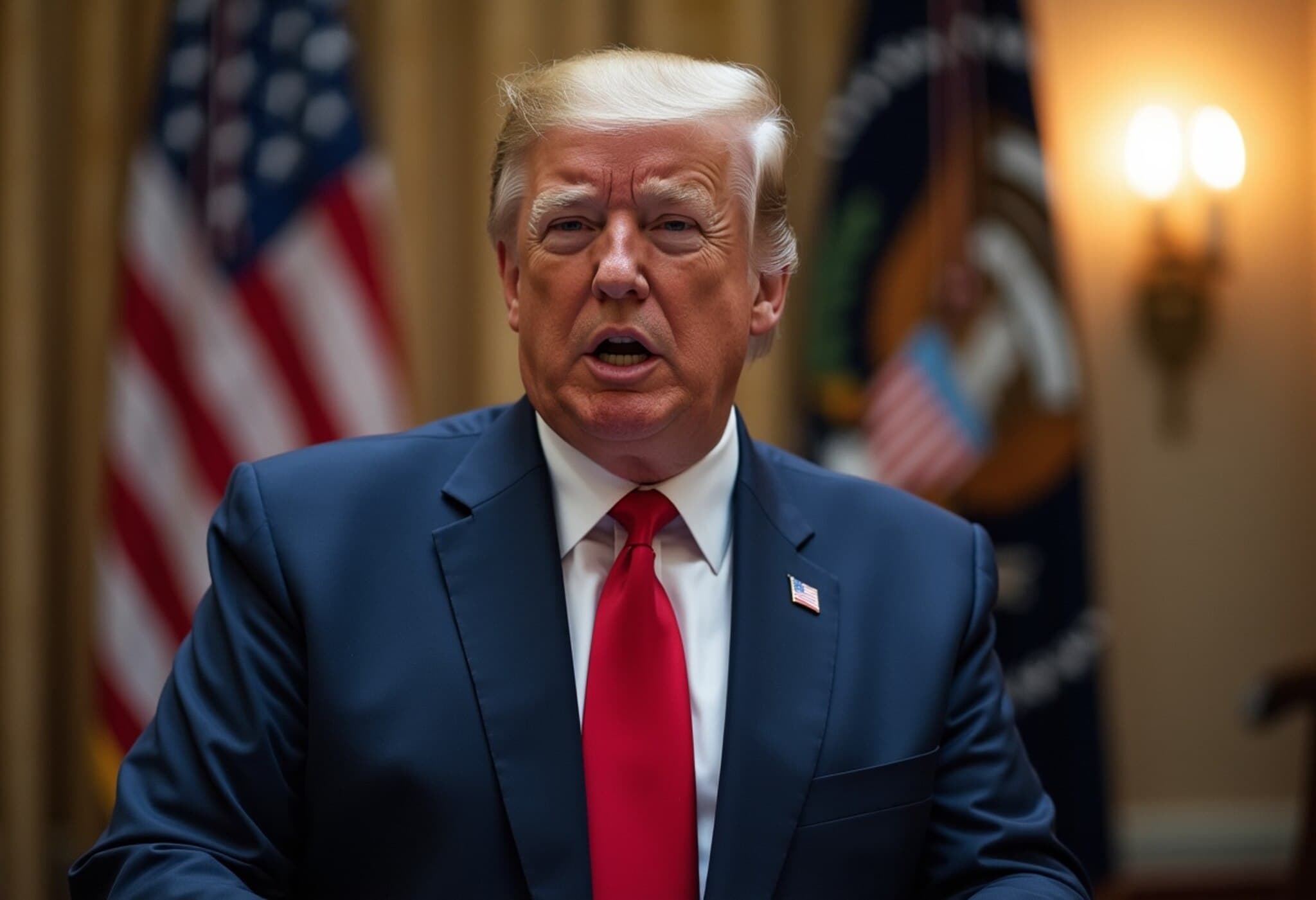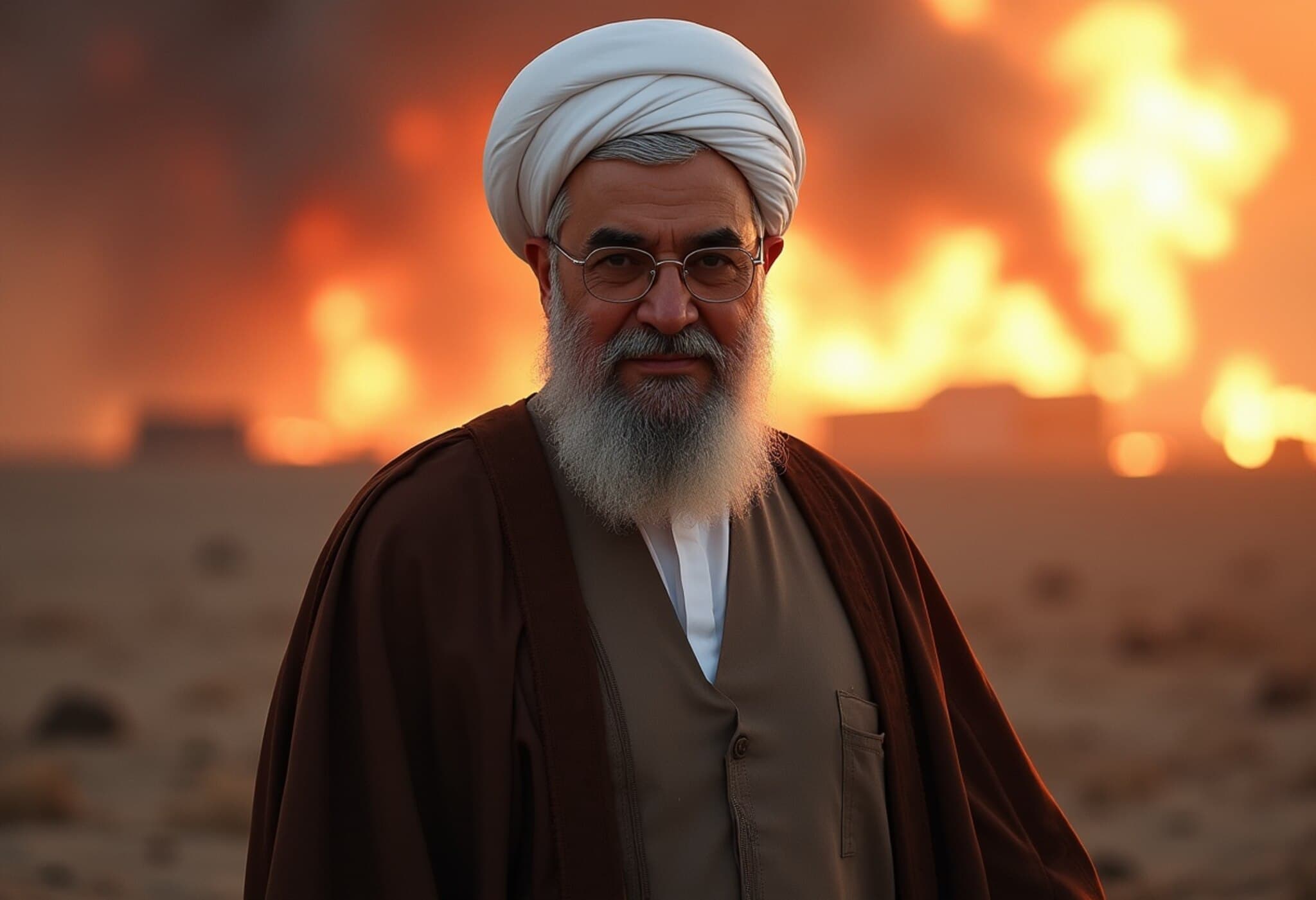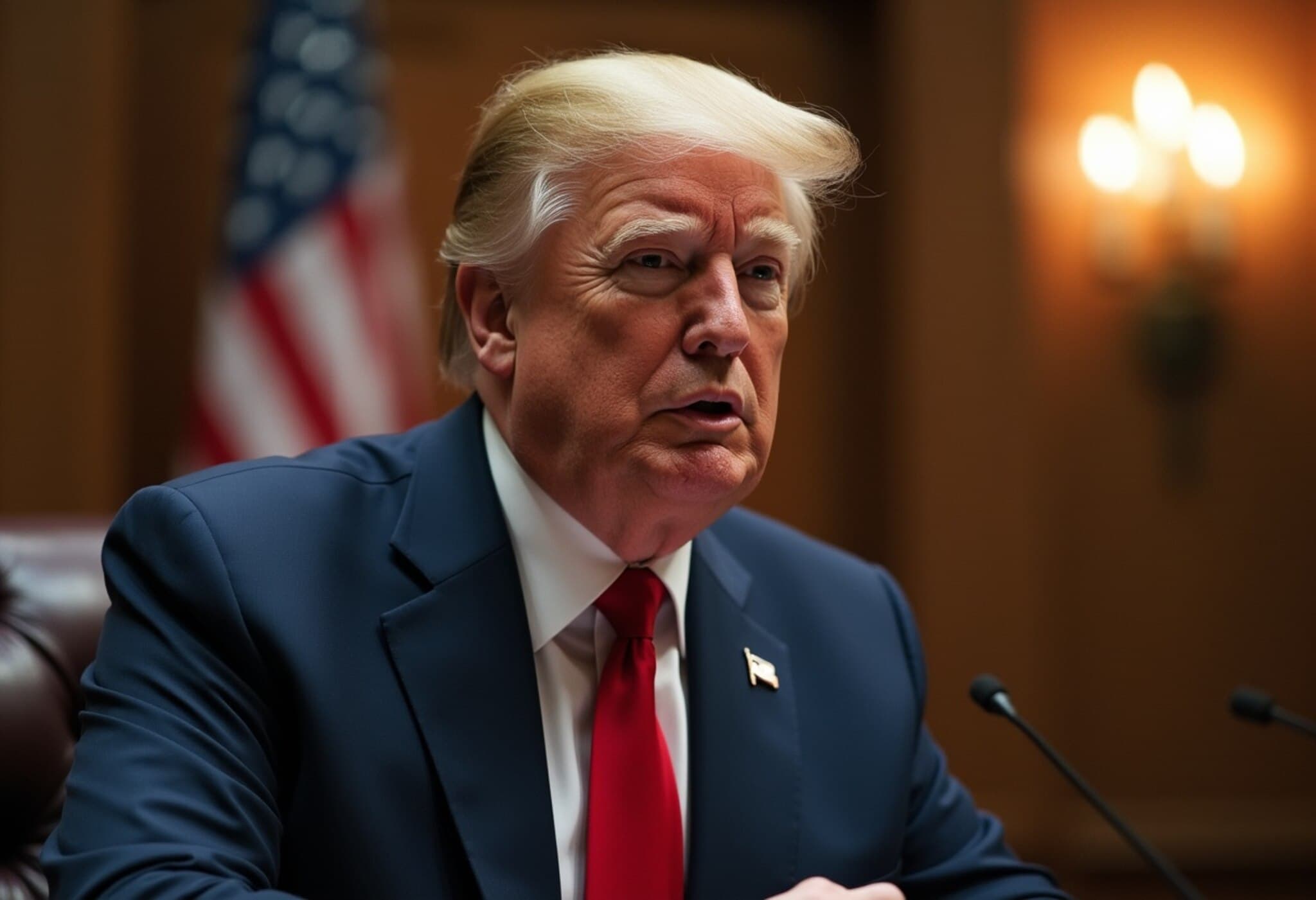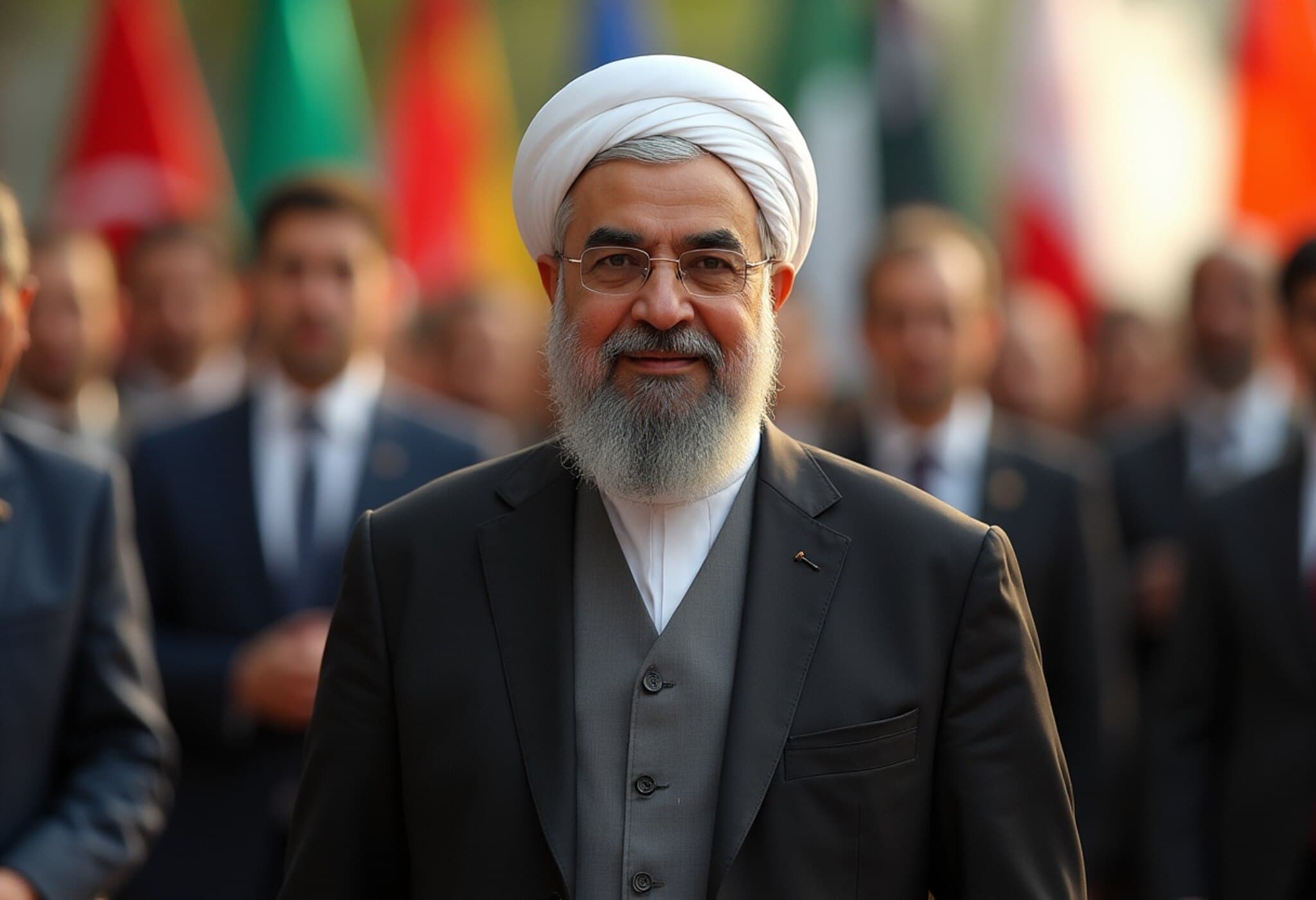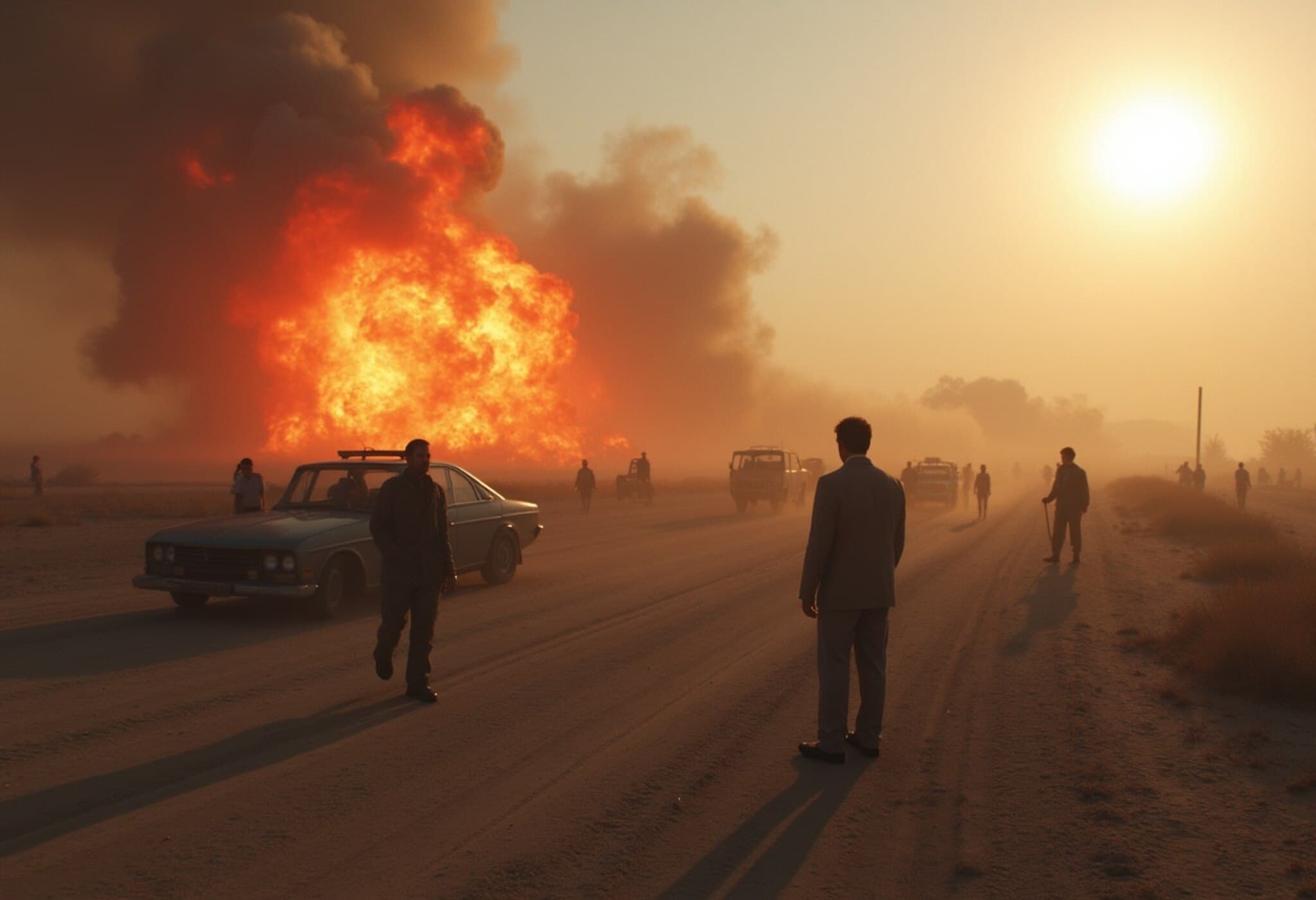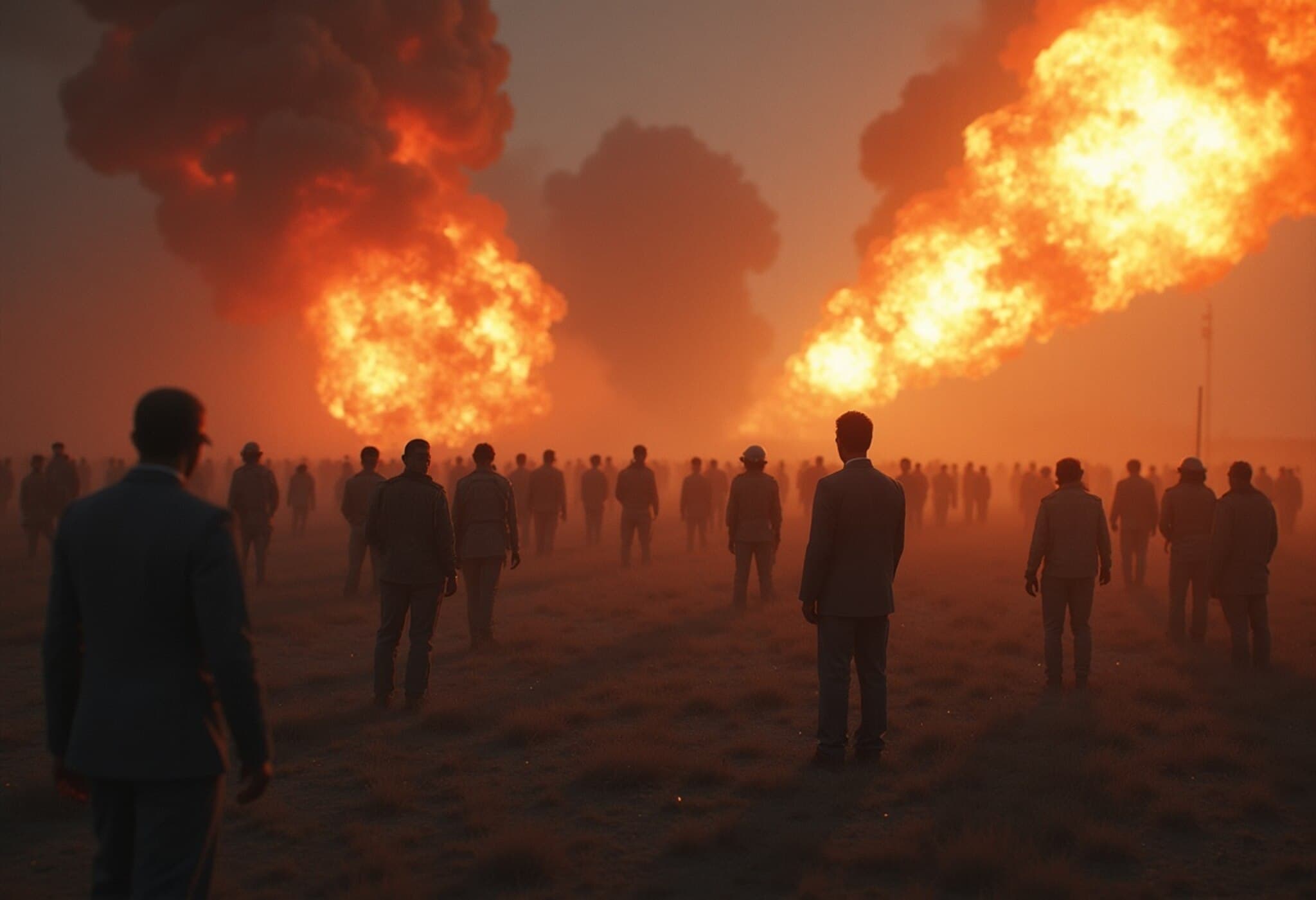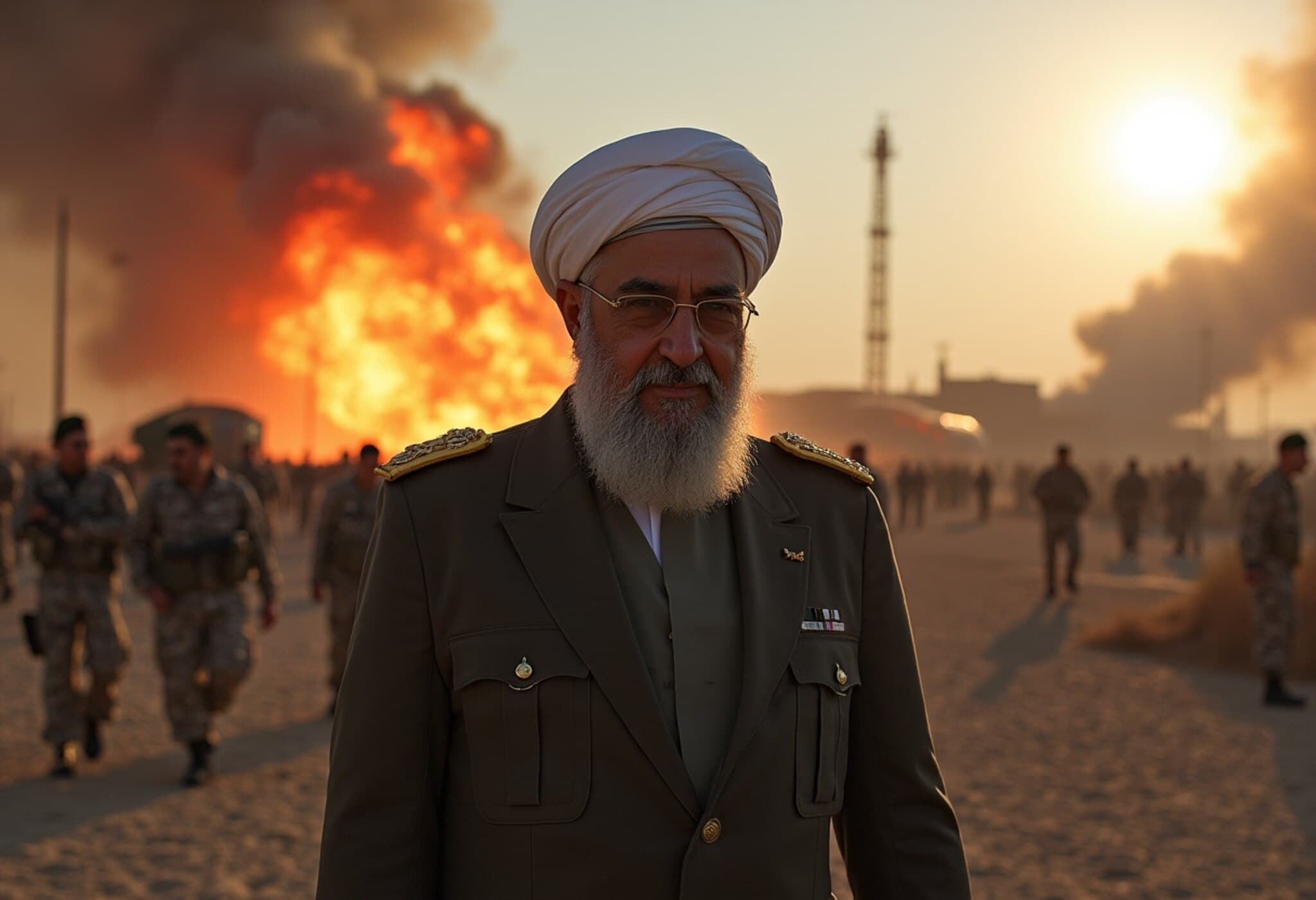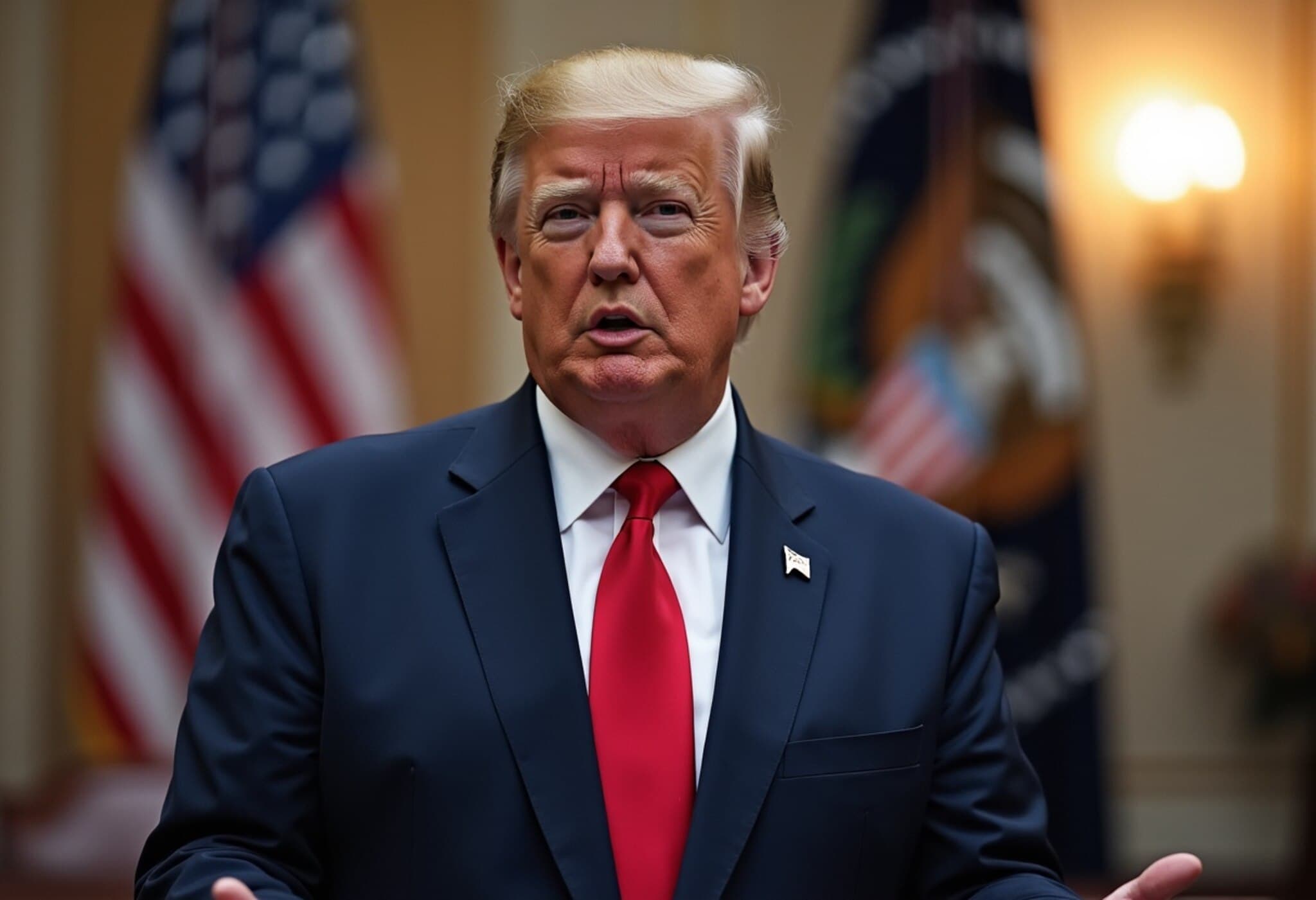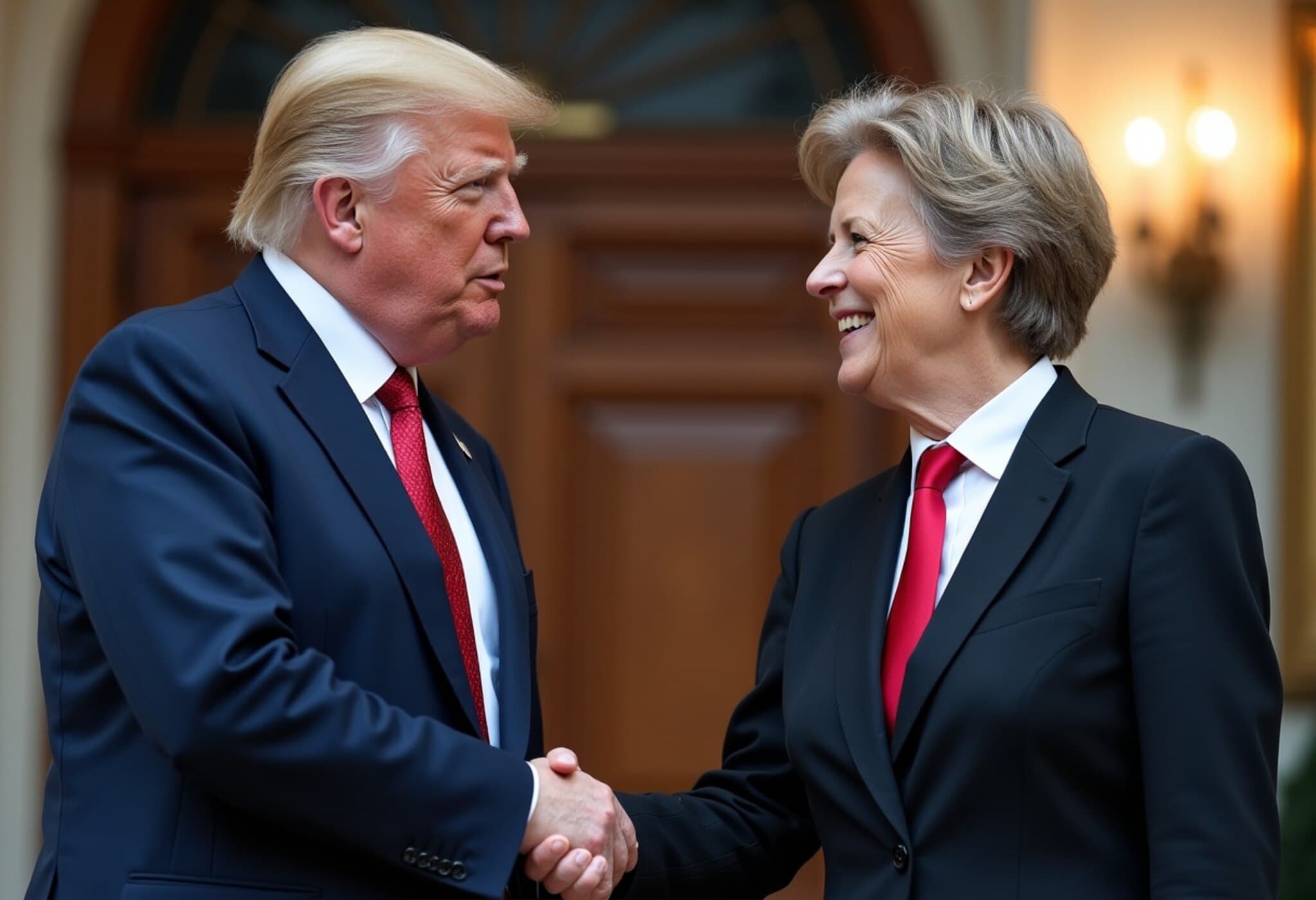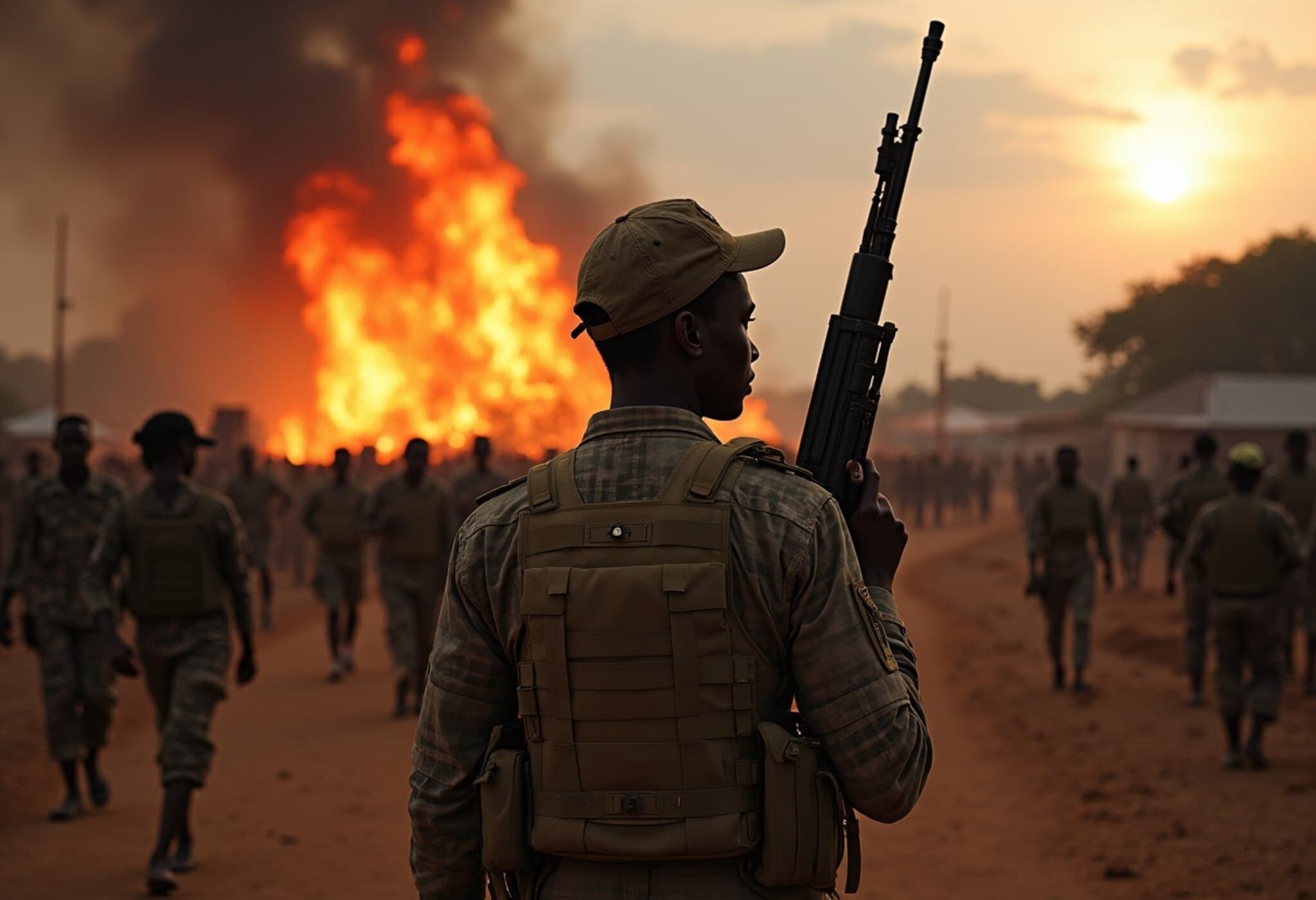Iran Executes Two MEK Members Accused of Terrorist Activities
In a latest development that highlights ongoing tensions in Iran's political landscape, Tehran has executed two individuals affiliated with the Mujahideen-e-Khalq (MEK), a Marxist-Islamist group that has long been at odds with the Iranian government. Mehdi Hassani and Behrouzi Ehsani-Eslamloo, described as operational members of MEK, faced capital punishment for activities targeting civilian infrastructure — a verdict upheld by Iran’s Supreme Court.
Charges and Allegations
The defendants were convicted under the charge of "moharebeh," an Islamic legal term literally meaning "waging war against God," alongside accusations of membership in a terrorist organization intent on undermining Iran's national security. Reports from Mizan, Iran's judiciary news agency, detailed how the duo coordinated with MEK leadership to establish a cell in Tehran, assembling weapons and engaging in propaganda aimed at destabilizing the government.
An official statement relayed by Reuters outlined that the group indiscriminately launched projectiles damaging civilian homes, educational and charitable organizations, along with critical administrative centers, exacerbating fears over public safety.
Behrouzi Ehsani-Eslamloo was notably arrested in 2022 after an explosion at the Ministry of Communication and Information Technology, an attack claimed by the MEK, highlighting the group's ongoing operational capacity inside Iran despite stringent crackdowns.
Background: Who Are the Mujahideen-e-Khalq (MEK)?
The MEK traces its origins to the early 1960s, emerging from a unique blend of Marxist and Islamist ideologies among student activists seeking to topple the US-backed Shah's regime in Iran. Initially admired for its opposition to monarchical repression, the group quickly gained notoriety for employing guerrilla warfare tactics and bombing campaigns across the 1960s and 70s.
During the 1979 Iranian Revolution, MEK initially aligned itself with the forces supporting Ayatollah Khomeini's rise, even participating in the infamous US Embassy hostage crisis where 66 Americans were held captive.
However, post-revolution realities saw the group’s relationship with the newly established Islamic Republic deteriorate rapidly. The Supreme Leader and clerical leadership viewed the MEK’s Marxist-Islamist ideology as fundamentally incompatible — a threat that led to brutal crackdowns, mass executions, and eventual exile for many MEK members including founder Massoud Rajavi.
Exile, Alliances, and Controversy
After forced displacement first to Paris and later to Iraq in 1986, MEK found a controversial patron in Saddam Hussein's regime during the bloody Iran-Iraq War. Their participation in suppressing Kurdish uprisings and Shia unrest during Saddam's rule substantially eroded their support base within Iran.
The group’s operations expanded internationally, highlighted by coordinated attacks on Iranian embassies across 10 countries in 1992, including an assault on the Iranian mission to the United Nations in New York.
In response, the US designated MEK as a Foreign Terrorist Organization (FTO) in 1997, grouping it with notorious entities like al-Qaeda and Hezbollah, underlining the threat perception at the time.
Shifting US Relations and Political Dynamics
The geopolitical calculus began to shift in the post-2003 Iraq War environment. MEK agreed to a cease-fire with American forces and was confined to Camp Ashraf in Iraq, where the US began recognizing its members as protected persons under international law—signaling a nuanced, if uneasy, relationship.
In a remarkable policy turnaround, the Obama administration oversaw MEK’s removal from the FTO list in 2012 after a diplomatic accord that lifted sanctions and unfroze assets. This move coincided with MEK's burgeoning political activity in the US, including the establishment of its political wing, the National Council of Resistance of Iran (NCRI), which maintains a presence in Washington, D.C., advocating for regime change in Tehran.
Such developments underscore the complex layers wherein MEK sits: simultaneously viewed by Iran as a terrorist threat and by some Western actors as a potential opposition alternative — a duality that continues to fuel heated debate.
Expert Analysis and Geopolitical Implications
Experts point out that Iran’s executions of MEK members serve as both a domestic warning and a geopolitical message amid intensifying sanctions and international scrutiny. Dr. Laleh Khalili, a Middle East expert, notes, "The Iranian regime leverages these narratives to suppress dissent internally while asserting its defiance to foreign influence linked to the MEK, especially US ties."
This dynamic complicates American foreign policy, which balances support for opposition groups with concerns about stability and the risks of empowering armed factions with murky histories.
Moreover, these events ripple beyond Iran's borders, influencing regional alliances, security calculations, and international human rights debates. The executions spotlight ongoing human rights controversies within Iran’s judicial system, specifically relating to charges like 'moharebeh' which are often criticized for their broad interpretation and harsh penalties.
What Lies Ahead?
As the MEK continues to claim responsibility for attacks within Iran, the regime’s response signals zero tolerance for dissent framed through the lens of terrorism. However, this hardline approach risks further alienation of internal opposition and may exacerbate international tensions.
For American policymakers, the challenge remains how to engage with Iranian opposition groups like MEK without undermining broader diplomatic efforts or legitimizing controversial actors.
Key Takeaways:
- The MEK’s execution underscores Iran's ongoing struggle with organized opposition perceived as existential threats.
- Despite its terrorist designation in the past, MEK enjoys a rehabilitated status within certain US political circles, illustrating geopolitical complexities.
- Charges like 'moharebeh' highlight Iran’s blend of religious law and political control mechanisms.
- The regional fallout of these developments impacts broader Middle East security architectures and US-Iran relations.
Editor's Note
The execution of MEK members by Iran reflects the deep-rooted tensions between Tehran and opposition factions with complicated global entanglements. It raises critical questions about the efficacy of hardline counterterrorism measures versus the potential for political reconciliation. Observers should watch how Washington navigates its relationship with the MEK amidst broader diplomatic efforts with Iran, especially as human rights concerns remain paramount. The story of MEK challenges us to consider how historical narratives shape present conflicts and international policy choices.

